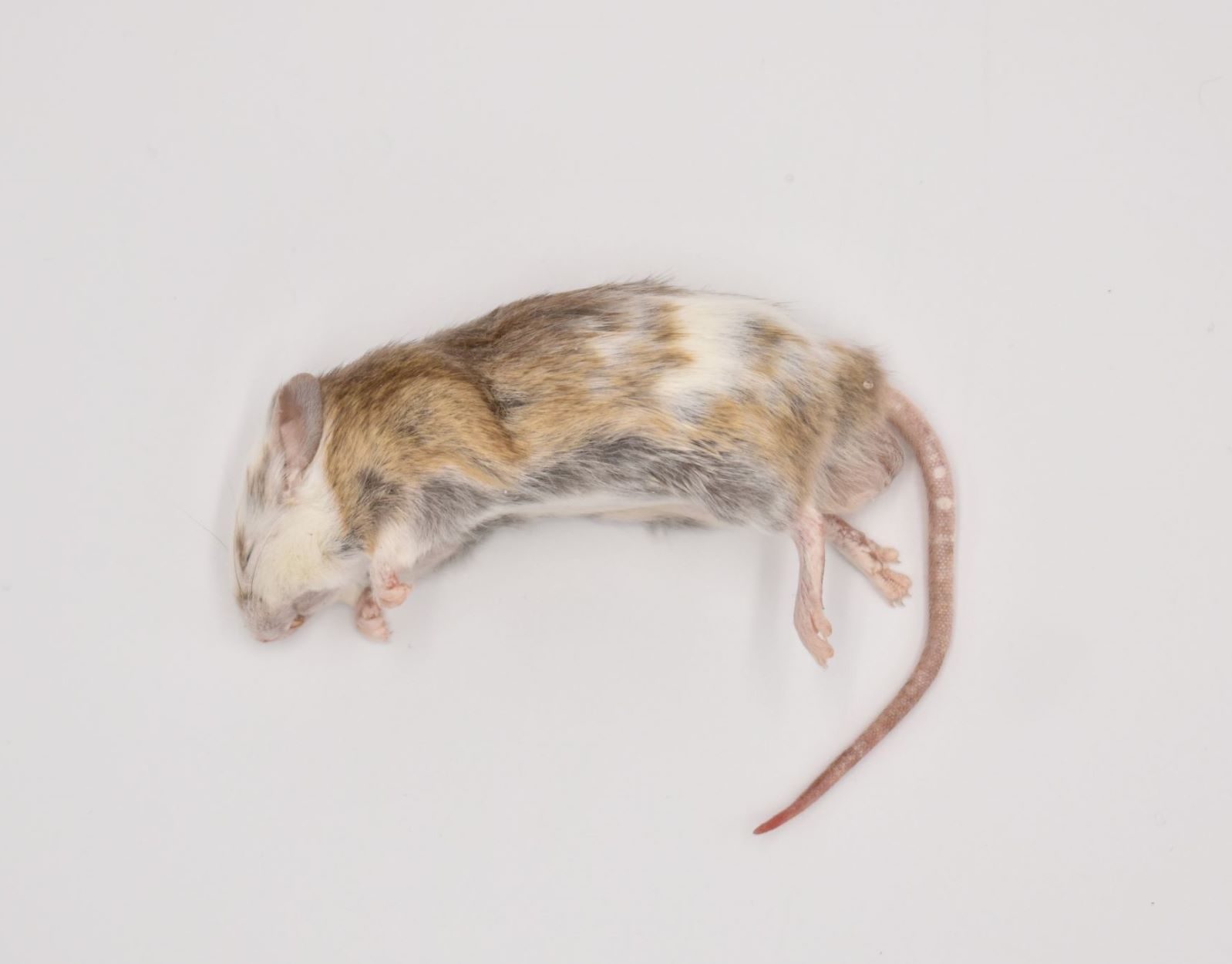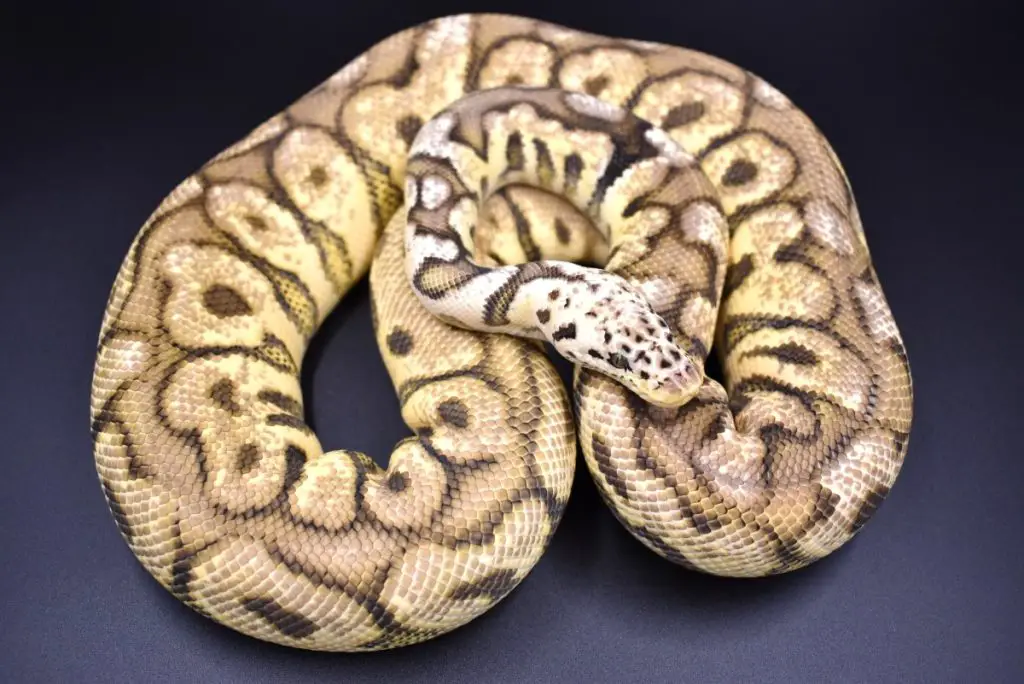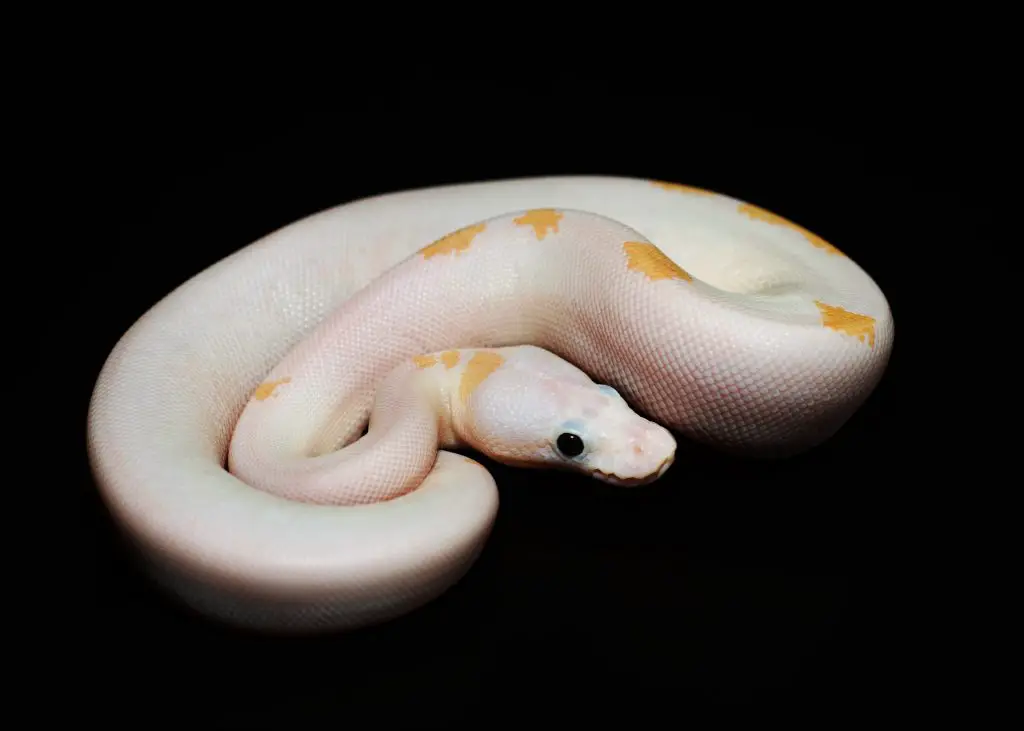The Ball Python diet in captivity is one of pre-killed rodents. Mice, Rats, and African Soft-furred Rats all make great food for this species. Female Ball Pythons also love chicks, but rats are preferable as a food source due to their denser musculature and skeletons which provide more protein and calcium.
In this post, we’ll take a look at Ball Python diet and feeding, before giving you access to some great additional articles on the subject.
What do Ball Pythons eat?
When it comes to types of prey, the most commonly available are:
- mice
- multimammate mice (a.k.a. African soft-furred rats)
- rats
- chicks
Some snakes have a preference between these, whereas others eat all of them. Chicks are relished by many female Ball Pythons, but don’t seem to promote as much growth as rodents.
If you have a snake that is picky with all of these, remember to try feeding its prey items of differing sizes, sexes and colours. Over time, I have found that snakes fed on rats grow faster than those fed either mice or chicks. This is probably due to the fact that rats have a denser skeleton and musculature, making them a better meal by weight.
Frozen or live? For me, it’s frozen-thawed all the way! Nasty bites and gnawing may occur when too large a rat is given, or when a rodent is left in with a Ball Python that isn’t hungry. These snakes aren’t good at aggression; if they aren’t hungry they won’t kill a rodent, or even defend themselves when it gnaws at them.

How often do Ball Pythons eat?
Assuming you have a healthy, feeding adult Ball Python, you can feed it a meal equal to or slightly smaller than its greatest girth once every 7 days. Some keepers prefer to give a meal that is 1.5 times the snake’s greatest girth every 10-12 days but generally, I’ve seen snakes do best if given the first option. Every once in a while you will get a snake that always seems to be hungry, and in this case, it’s important to give prey slightly on the smaller side to avoid it getting obese.
Very young hatchlings should be fed a meal equal to their greatest girth once every 5 days, then every 7 days once they have grown a bit. Occasionally, hatchlings will refuse to eat, and breeders resort to “assist-feeding”. This entails gently opening the snake’s mouth and stuffing a pinky mouse in, eventually, the snake realises the only way to get rid of it is to swallow it! You can find videos of how to do this online but probably won’t encounter this problem unless breeding snakes yourself and start off hatchlings.
In my experience, if you follow these guidelines it will suit most animals and they will not get overweight.
What you should bear in mind, however, is that my guidelines are just that – guidelines. Take them as a suggestion based on my experience – nothing more. When you’ve had your snake for 5+ years you’ll know what’s best for it, not me. There can be no set rules for a living creature, and you will have to get to know your animal. The metabolisms vary from individual to individual, but you will notice if your pet starts to get too fat or skinny. Weighing them every couple of months is helpful with this too.

Getting into a feeding routine
Ball Pythons have gained a reputation as picky feeders, due to their habit of fasting and their sensitivity to disturbance. This is a bit exaggerated however, you just need to remember that as adults these snakes naturally fast at different times of the year. In the wild they deal with differing food abundance by fasting or feasting, and also stop eating while breeding. Sometimes they fast for several months with no ill effects This is no reason to worry unless they are losing a lot of weight.
When trying to get your snake on a nice, regular feeding routine it is important to do two things:
- Maintain detailed records of feedings (or attempts) and include the snake’s weight every couple of months.
- Bear in mind the role that disturbance plays in feeding response.
Keeping records allows you to refer back to your snake’s behaviour months or years before. It’s less worrying if it starts fasting in November but you look at your records and see that it did exactly the same thing the previous November. Considering disturbance is important because these animals are shy and it can cause them to go off food.
For example, putting a snake’s enclosure in a high-traffic area of the house is a common reason for poor/no feeding response. Another common mistake is trying to feed too often. If an adult Ball Python refuses to eat, don’t try again the next day – try again in two weeks with no handling in between!
You have to remember that having its enclosure opened regularly is as annoying to your snake as being poked in the eye repeatedly would be to you. Also, moving them to a different enclosure to feed usually makes them even less likely to eat.
Can Ball Pythons get overweight?
Some animals will always maintain a healthy weight on their own, whereas others will have a tendency to get fat and need close monitoring.
For example, I have a 4ft (1.2m) male Ball Python that eats a large mouse every week or two, but fasts for up to 5 months of the year. Generally once or twice a year he also accepts a small rat. With this routine, he has kept his weight to 1900g for 6 years now, only deviating by around 100g at any given time. I offer this guy a meal every 7 days (14 during a fast) and he maintains a healthy weight. He looks slim but healthy, exactly how a male should.
I also have a female that I offer food weekly and trust to maintain her own health. Her average body weight over the course of a year is roughly 2260g. When I breed her, on the other hand, she becomes extremely hungry for a couple of months when building her follicles and rapidly gains around 300g. This is perfectly natural and I feed her as often as twice a week during this time – she’s the one making the eggs and she knows what she’s doing!

There’s always one…
Now Bobby, my oldest male Ball Python, is different all together. Bobby is always hungry, but as a young adult this was never a problem. Then, at the age of ten, he started to gain weight, despite being on the same diet.
This was entirely my fault because I didn’t weigh him often enough, and I had gotten complacent. His weight snuck up to 2300g from his usual 1800-1900! Fortunately I caught on and put him on a diet! He has since gone back to a year round average of 1850-1900g.
All that happened was that his metabolism changed with age and it was my job to spot this, lesson learned!
More on this subject:
- What is the best way to feed a Ball Python?
- How often should Ball Pythons eat?
- Do Ball Pythons Need Vitamin Supplements?
- Ball Python not eating (what should I do?)
- When should you assist feed a baby Ball Python?
- Ball Python heat pits
